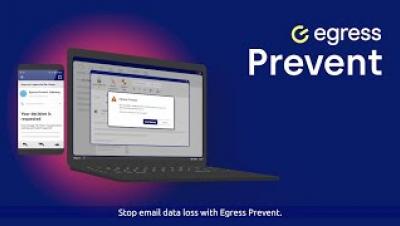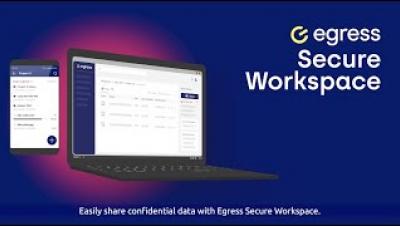Security | Threat Detection | Cyberattacks | DevSecOps | Compliance
Egress
Egress Protect
Egress Secure Workspace
Egress Defend
Laptop running slow? You might have been cryptojacked.
It’s always frustrating when your laptop starts to slow down. The more you click, the more it seems to stutter and have a good think about everything you ask it to do. Joining video calls and even opening documents becomes a chore. Normally, this is a sign to free up some storage space or request a new device/component from the IT department. However, an unusually slow laptop can also be the sign of something more sinister – cryptojacking.
Four cybersecurity predictions for 2022
2021 has been another challenging year for businesses, not least because of the ongoing wave of cyberattacks. Everyone is hoping for some good news in 2022, but realistically, cybercrime slowing down won’t be on the agenda. Cybersecurity and avoiding the threat of data breaches is going to be front of mind for many going into next year. We’ve spoken to two members of our leadership team who’ve shared their thoughts on four trends we’re likely to encounter in 2022.
Four cybersecurity predictions for 2022
2021 has been another challenging year for businesses, not least because of the ongoing wave of cyberattacks. Everyone is hoping for some good news in 2022, but realistically, cybercrime slowing down won’t be on the agenda. Cybersecurity and avoiding the threat of data breaches is going to be front of mind for many going into next year. We’ve spoken to two members of our leadership team who’ve shared their thoughts on four trends we’re likely to encounter in 2022.
Securing your M365 journey: Stopping the additional 30% of email security risks
The way in which we respond to email security risks needs to change. It’s no longer a case of reinforcing the network perimeter. The risks are now far more complex and nuanced, driven by human behaviour. From every conversation we have, Security and IT leaders tell us that people: These are a combination of both inbound and outbound threats but what they have in common is that they are human-activated risks – there’s a person behind each of them.
Phishing kits explained in 60 seconds - Phishing-as-a-Service
Read the full blog here: https://egress.co/ud1qJ
Find out more about our products at: https://www.egress.com/products
Holiday phishing season: Your guide to staying scam-safe
For many of us, the Thanksgiving and Christmas period is a chance for some well-deserved downtime. For cybercriminals, not so much. The holiday season is one of the most productive time of the year for the Phishing-as-a-Service (PhaaS) industry. Online retail sales spike around holidays, creating more opportunities to catch people out with phishing emails and spoofed websites.








